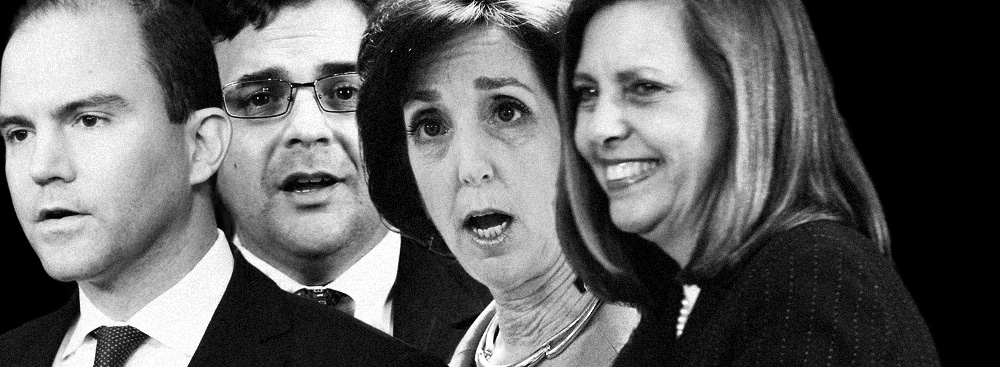Syed Farook was the son of Pakistani divorced parents. Syed’s wife, Tashfeen Malik was also Pakistani. Syed was born in Chicago, raised in Southern California and they met online via a Middle Eastern dating service. Tashfeen arrived in the United States with a Pakistani passport via a (K1)fiancé visa. Syed is a Sunni Muslim according to yet another dating site.
Syed traveled to Saudi Arabia and Pakistan in 2014 and returned in July of 2014. Upon the recent return from Saudi Arabia, Syed grew a beard which is an early gesture of subscribing to jihad. It is uncertain when and if he traveled again to Saudi in 2015, as it has been said he recently returned and subsequently participated in a workplace baby shower and a 2 month long paternity leave. The baby is apparently 6 months old and during the massacre was left with a grandmother.
Syed has a brother with the same first name but a different middle name.
LATimes: Years before he was associated with the deadly mass shooting in San Bernardino, Syed Rizwan Farook endured a turbulent home life, according to court records.
In 2006 divorce filings, his mother detailed a violent marital history in which her children often had to intervene.
Rafia Farook said her husband of 24 years was physically and verbally abusive and was “negligent and an alcoholic,” according to documents filed in Riverside County Superior Court. Her husband, she said, forced her and three of her children to move out. They moved into an Irvine residence.
Later, in multiple requests for domestic-violence protection, Rafia Farook detailed the maltreatment she said she encountered and that her children witnessed: Her husband had once drunkenly dropped a TV on her. Another time, he pushed her toward a car. After a drunken slumber, he shouted expletives and threw dishes in the kitchen.
“Inside the house he tried to hit me. My daughter came in between to save me,” she said about one incident. Police were not called to the home, she said.
“He is always mad,” she said. “Screaming on me, shouting at my kids for no reason. … My son came in between to save me.
When her husband was served with legal separation papers, he was reached at an address in Karachi, Pakistan.
At this time, she said her sons, Syed Raheel Farook, then 23, and Syed Rizwan Farook, then 20, lived with her, along with her younger daughter. Another daughter, Saira, apparently lived elsewhere.
The killer couple were in possession of 4 weapons, all purchased legally, the dates of purchase are unknown. (2) 9mm handguns were purchased by Syed but the long guns were not. The name(s) of the person who purchased the long guns is at this time also unknown. The long guns used .223 rounds.
San Bernardino Police Chief Jarrod Burguan said that Syed Rizwan Farook and his wife, Tashfeen Malik, fired between 65 and 75 rifle rounds during the shooting at a county health department holiday party, then unloaded about that number in a later confrontation with police.
Syed Farook’s brother-in-law, Farhan Khan appeared almost immediately after the shooting event standing with The Council of American Islamic Relations (CAIR) for a press conference stating this was a shocking event.
There were clustered pipe bombs at the public building where the shooting took place, there were failed pipe bombs in the rented SUV that had Utah tags and there were even more pipe bombs located at the residence.
Syed became radicalized online using social media and phone calls to known terrorists which has been determined after the shooting. Neither were ever on a no-fly list or terror list.


